Machine-assisted robots: the importance of part positioning
Sources:本站 | Release date:
2018-04-18
| Browsing volume:
Key words:机器人零件定位的重要性
A key aspect of robotic mechanical assistance systems is part positioning. Understanding the interface between the part, the machine center, and the robot is critical during the design process. The fixture design in the machine center will drive the requirements within the work cell. This is because you want to avoid having the robot grab the part near where the fixture might locate or grab the part.
These fixtures are usually where the finished parts are produced, so the design is usually fully focused on the parts that hold the process, regardless of how the robot interacts with the fixture. Many times, fixtures have tight tolerances on part positioning to ensure consistent parts during machining. In this case, the interaction of the robot arm end tool with the machine tool becomes more important to the machining process.
In some cases, the part can be transported to the robot on a pallet or "disc", usually an aluminum base, where the fixture is bolted to the top. In order for the robot to interact with these trays, the tray needs to be correctly positioned in the exact position. This is usually achieved by lifting and positioning the conveyor on the conveyor of the pallet.
In fixture tray designs, tolerances are reduced, which allows the robot to pick up parts with high repeatability. If the parts are brought in, they need to be positioned in the fixture to be properly positioned, or visually needed to find the exact picked part.
If the part is manually loaded into the system, directional variability may occur between the part and the EoAT during the initial pick sequence. Depending on the application and the amount of tolerance required, the robot may need to reorient the EoAT part to a fixed position with a re-grip bracket. Typically, the re-grip bracket will have a guide pin and a machined block integrated into the design to position the part for a repeatable orientation.
Use black oxide to help protect the locator from contact with the part. Black oxide provides corrosion protection for metal surfaces and extends the life of the workstation. This process also provides dimensional stability to the fixture. Since this method converts surface metals to iron oxide, there is almost no measurable increase in critical dimension, which provides repeatable positioning. This process helps to make the station suitable for corrosive and high temperature environments common in machine management applications.
Another way to increase the life of a part location workstation is aluminum anodization. This method increases the durability of aluminum by providing a more wear resistant protective layer. Other benefits of aluminum anodizing include corrosion resistance, long lasting color and strength.
Please indicate the source of the reprint(Machine-assisted robots: the importance of part positioning:/companynews/422)
Relevant articles
Related products
-
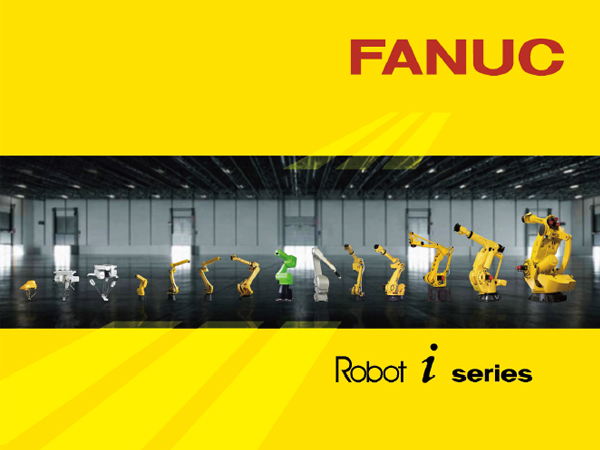
FANUC robot comprehensive sample
-

ABB
-

Painting robot
-
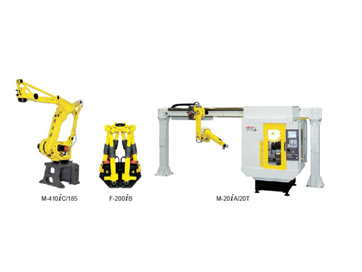
Palletizing robot, other
-
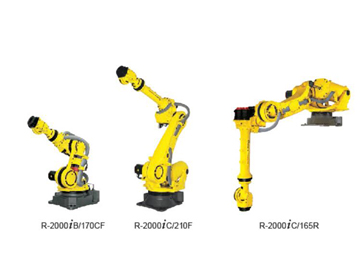
Large robot
-
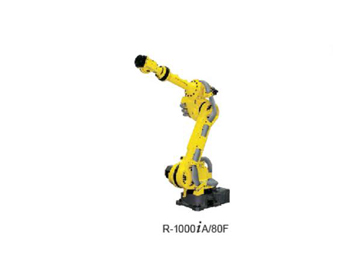
Medium robot
-
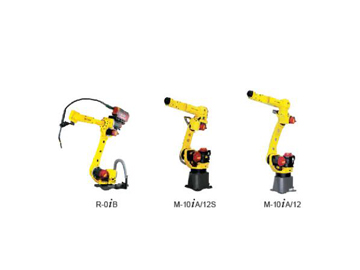
Arc welding robot, small and medium robot
-

FANUC fist robot, mini robot
-
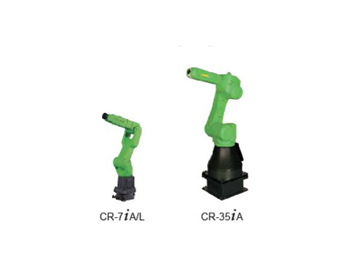
Collaborative robot
-
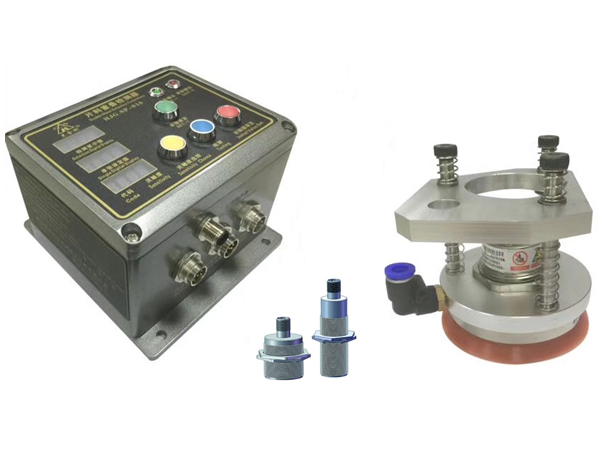
Double material detection